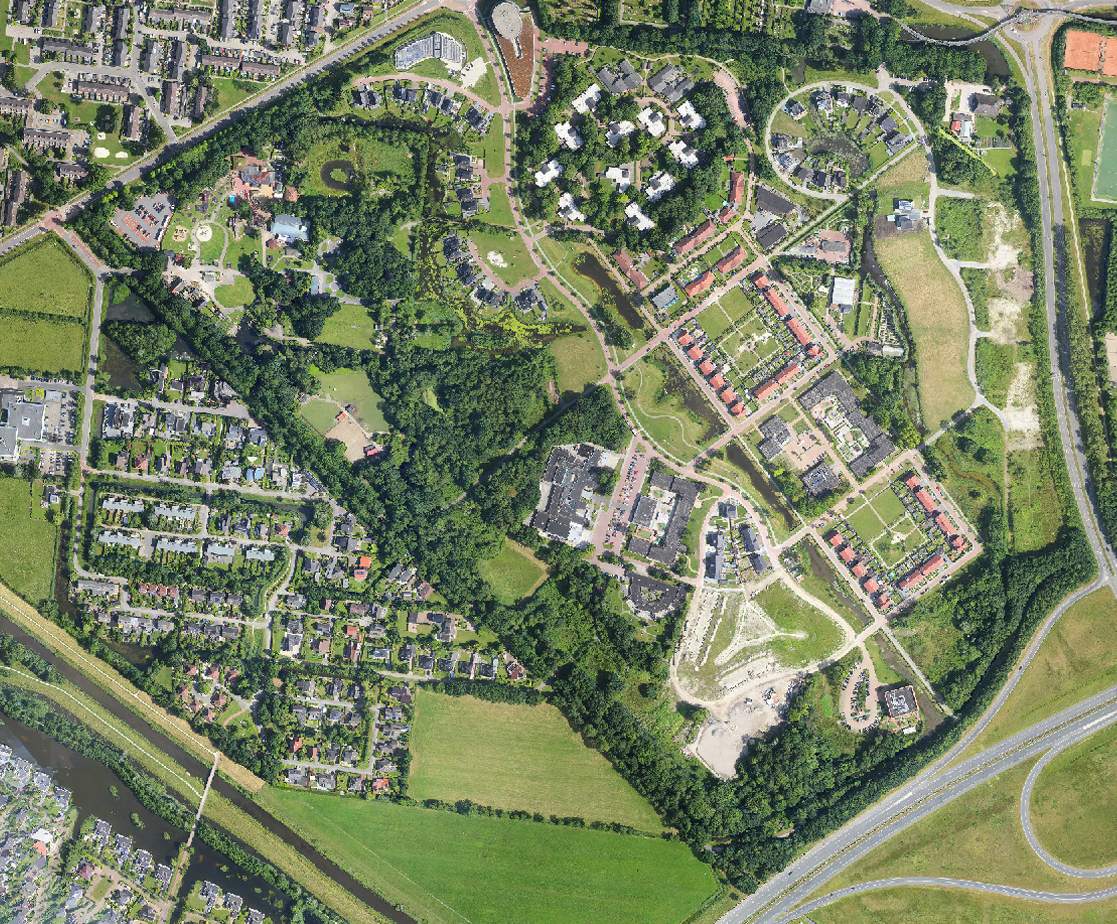The Uses and Benefits of Drone Aerial Mapping You Need To KnowPosted by Donald J. Brooker on May 26th, 2021
The uses for drone aerial mapping are seemingly endless, as the technology and applications for remote sensing and mapping continue to grow. With more regions and countries reliant on aerial imaging as a means to gauge the health of their ground and natural resources, it is no wonder that aerial mapping is now a fundamental part of how governments and business professionals manage their territories. This form of remote sensing and mapping produces highly accurate and in some cases, totally accurate results. In fact, aerial photogrammetry has even been used by the military to map areas of irregular or unstable terrain. While the military uses drone aerial mapping as a means of situational awareness, there are also many civilian applications to which it lends itself. Geographically focused businesses can benefit from the high degree of accuracy and resolution that this type of mapping provides. It can help pinpoint problems in specific zones of interest, as well as providing a wealth of knowledge of what can be done to correct such problems. Not only can this technology be used for defense purposes, but also for mapping. As mentioned above, drone services can map everything from the ground to the air. While the traditional technique involves using thermal-imaging, or mapping from the surface level up, new high-resolution aerial images can take an entirely different approach. By using algorithms and mathematical systems, drones are able to locate absolutely anything and everything on the ground. Moreover, these algorithms and mathematical systems can work with relatively low levels of lighting and naturally gray backgrounds. So instead of relying solely on photography or satellite scans, these systems can locate almost any object on the ground. Drones in the sky provide an incredible source of remote sensing and mapping capabilities. However, because they are so small and can move virtually silently, there are limitations to what they can do. Despite that, a huge number of businesses, government agencies and even individual hobbyists are finding that drone photography and photogrammetry can help them complete their projects. The two main uses of drone photography are hunting down people and animals, and monitoring construction sites. When it comes to large-scale land projects, photogrammetry is often used as an input to the aerial maps created by drone mapping services. Many amateur drone hobbyists are also discovering the benefits of drone mapping. While they may not have access to as many aerial photos and laser mapping of land as you would find in a top-secret military base, they can still create a wealth of information about their property lines and house lines. Using a combination of traditional surveying techniques and advanced computer programs, they are able to produce extremely high-resolution aerial photos and mapping of their property. The information can include the precise shape and size of their property line, as well as details of any buried and underground creeks or pipes. All of this allows these hobbyist and professional surveyors to make accurate comparisons between their model and existing aerial photos. Another exciting use for aerial inspection drone services is mapping the pre-construction properties. Home buyers can use these programs to locate properties with a variety of amenities and size before making a final buying decision. With the use of robotic aircraft, potential buyers can view the exterior as well as the interior of each property. They can even see if the structure has any visible cracks and can assess its suitability as a home. As you can see, there are several ways that drone mapping services can be beneficial for both commercial property surveying and the private hobbyist. The main benefit of using photogrammetry in mapping is its ability to produce high-resolution images from a distance. These photos can then be incorporated into any type of mapping service and used for anything from studying a house to protecting natural resources. This allows the public to have access to extremely detailed information about their own neighborhoods, helping them make more informed decisions when purchasing property. Like it? Share it!More by this author |



